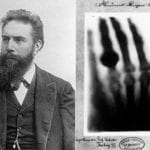 Mysteries
Mysteries  Mysteries
Mysteries  Creepy
Creepy 10 Scary Tales from the Middle Ages That’ll Keep You up at Night
 Humans
Humans 10 One-of-a-kind People the World Said Goodbye to in July 2024
 Movies and TV
Movies and TV 10 Holiday Movies Released at Odd Times of the Year
 Politics
Politics 10 Countries Where Religion and Politics Are Inseparable
 Weird Stuff
Weird Stuff 10 Freaky Times When Famous Body Parts Were Stolen
 Miscellaneous
Miscellaneous 10 Interesting Things Manufacturers Stopped Making and Why
 Gaming
Gaming 10 Funny Tutorials in Games
 History
History 10 Fascinating Little-Known Events in Mexican History
 Facts
Facts 10 Things You May Not Know about the Statue of Liberty
 Mysteries
Mysteries 10 Devastating Missing Child Cases That Remain Unsolved
 Creepy
Creepy 10 Scary Tales from the Middle Ages That’ll Keep You up at Night
 Humans
Humans 10 One-of-a-kind People the World Said Goodbye to in July 2024
Who's Behind Listverse?

Jamie Frater
Head Editor
Jamie founded Listverse due to an insatiable desire to share fascinating, obscure, and bizarre facts. He has been a guest speaker on numerous national radio and television stations and is a five time published author.
More About Us Movies and TV
Movies and TV 10 Holiday Movies Released at Odd Times of the Year
 Politics
Politics 10 Countries Where Religion and Politics Are Inseparable
 Weird Stuff
Weird Stuff 10 Freaky Times When Famous Body Parts Were Stolen
 Miscellaneous
Miscellaneous 10 Interesting Things Manufacturers Stopped Making and Why
 Gaming
Gaming 10 Funny Tutorials in Games
 History
History 10 Fascinating Little-Known Events in Mexican History
 Facts
Facts 10 Things You May Not Know about the Statue of Liberty
10 Historical Figures Who May Have Been Gayer Than You Think
History is a funny thing. Laid out in a textbook, it all seems rather simple. Fact follows fact, and each historical event is presented with a certainty that convinces the reader that the author knows exactly how it happened.
The reality is much different. Historical events and people are puzzles that have been pieced together with any scrap of evidence that historians can find. Letters, maps, books, diaries—these all contain clues to what actually happened or what someone was really like.
Our views of the past and its people are always changing and always controversial. In the 10 cases below, the sexuality of these people may be more complex than you think.
10 Julius Caesar
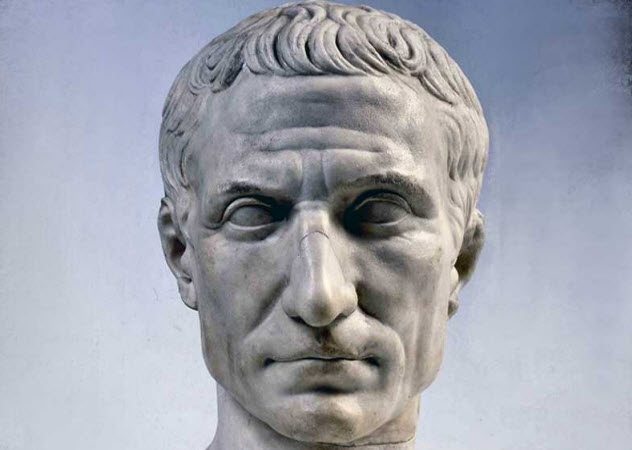
The ancient Romans had very different views about sexuality than the people of many Western societies today. Bisexuality and homosexuality were considered normal as long as a man took the dominant role in these relationships. The Romans didn’t really see anything wrong with sexual relations between two men unless a person found himself on the receiving end of another man’s affection.
This is where Caesar found himself in a bit of trouble. Around 80 BC, when he was about 20 years old, he had been sent to gather a fleet from King Nicomedes IV of Bithynia. Caesar tarried at the court of the king and returned to spend some time there when his mission was completed.
Rumors quickly grew and followed him throughout his political career. Political opponents leaped at the chance to show Caesar in a damning light. Stories that he had prostituted himself to the king swirled about Rome, earning him the unflattering nickname “the queen of Bithynia.”[1]
Caesar denied these claims. Indeed, they are unverifiable simply due to the amount of time that has passed. But there was enough of a story there for Roman political circles to run with it and enough that historians speculate to this day.
9 James Buchanan

James Buchanan served as the 15th president of the United States from 1857 to 1861. His administration is largely overlooked because it occurred so close to the Civil War, even though many historians rank Buchanan’s presidency as one of the worst of all time. He does, however, have the distinction of being the only president never to have married, and he may be the first gay man to have ever held that office.
Why do many historians believe that to be the case? After a brief engagement to Anne Coleman, who would later commit suicide, Buchanan never had another romantic relationship with a woman. Even the relationship with Coleman is believed to have been more about her family connections than any affection that Buchanan may have felt for her.
Some see this as a sign of his asexuality, or disinterest in romantic relationships. But it is in his relationship with William Rufus King, who had been vice president under Franklin Pierce, that evidence of homosexuality persists.
The two men lived together for 13 years—between 1840 and 1853, the year of King’s death. Buchanan referred to their relationship as a “communion.” Other observers used less flattering terms for the two men, such as “Aunt Nancy” and “Miss Fancy.” This inseparability and the fact that both were softer, more effeminate men led to speculation about their sexuality.
This is a view shared by several historians.[2] Whether this was just an extremely close friendship or something more is difficult to say as some of the correspondence between the two may have been destroyed after their deaths. Yet, some people remain convinced that James Buchanan was the first member of the LGBTQ community to serve as the head of this nation.
8 Abraham Lincoln
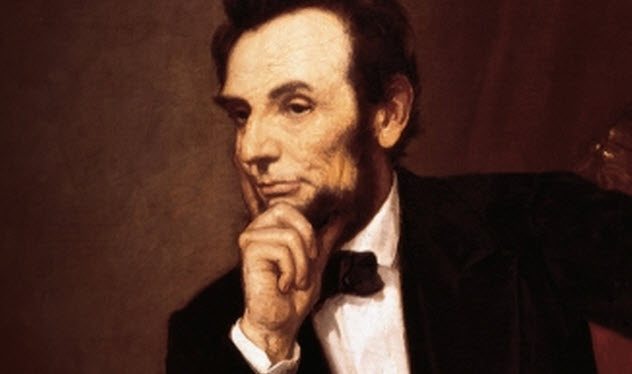
Back-to-back gay presidents?
It seems too good to be true, but many historians believe this to be the case. Abraham Lincoln is the most written about, pondered over, and analyzed president to ever live in the White House. Every aspect of his life has been turned inside out in hopes of gleaning new knowledge about this complicated, charming, and inspirational person. Is it possible that he had hidden relationships with different men during his life which his contemporaries and most teachers or professors rarely or never comment on?
C.A. Tripp, the author of The Intimate World of Abraham Lincoln, would say “yes.” In his book, Tripp states that Lincoln had relationships with at least two different men, Joshua Speed and David Derickson.[3]
Lincoln lived with Speed for four years and shared the same bed with him. While this was often done to save space when people were traveling or for a short period of time, the fact that a wealthy man was sharing a bed with another for an extended period is an oddity. When combined with the exceptionally close and emotional friendship between the two, this led Tripp to believe that there was a romantic relationship between the Lincoln and Speed.
Derickson, a captain in the army, was assigned to be one of Lincoln’s bodyguards. They shared a bed whenever Lincoln’s wife was away. The two men were often together. Lincoln kept Derickson as his guard for longer than usual and even attended Derickson’s church. Their relationship was a source of rumors around Washington, and several diaries of the time refer to it.
7 Richard The Lionheart
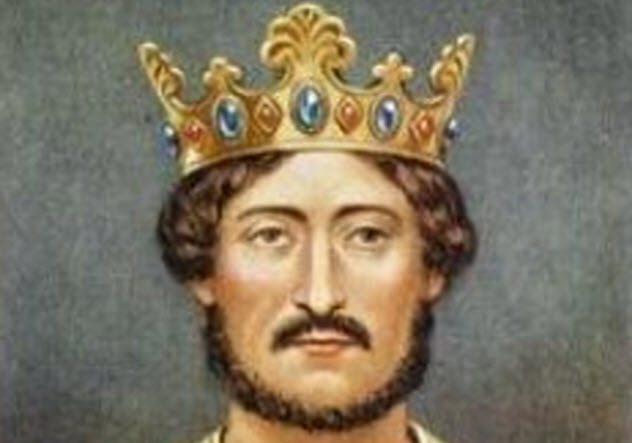
When thinking of Richard the Lionheart, the famous British king, many images come to mind. Most are of epic battles of the Crusades with Richard gallantly charging on horseback, banners blowing in the wind. Yet, there was another side to this man that is worth exploring.
As a young man, Richard was believed to have had a love affair with Philip II of France. It was said that Philip loved Richard “as his own soul” and that “their beds did not separate” at night. They formed an alliance between their nations and even fought in battle together. Though their relationship would sour after the Third Crusade, Richard almost certainly had other lovers, both male and female. At one point, he did public penance for the sin of sodomy.[4]
6 Langston Hughes
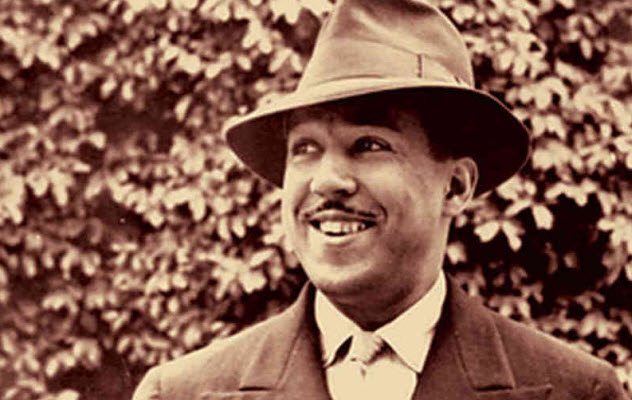
Langston Hughes was a masterful American poet and a major force of the “Harlem Renaissance” of the 1920s. His work is best known for shedding light on the black experience in America. In the minds of many, he has become one of the greatest poets produced by the US. Yet, for all his fame, he was an exceptionally private man. This makes it difficult to glean any insight into the workings of his mind.
His biographers claim that his sexuality is at least ambiguous. Langston had homosexual experiences, even admitting to one while he was serving as a seaman early in his life. But he had relationships with women as well, so he may not have thought of himself as a “gay man.”
Many critics of the view of a gay Langston Hughes go as far as to describe him as largely asexual, pointing to the fact that his relationships were few and far between. Others, such as Alden Reimonenq, refer to Hughes as living a “secret life silently in the confines of a very narrow but well-constructed closet.”[5]
The problem with a closet being so well-constructed, though, is that it’s hard to see inside. This leaves us to ponder the personal feelings behind such a powerful, creative force in our literary history.
5 Sparta
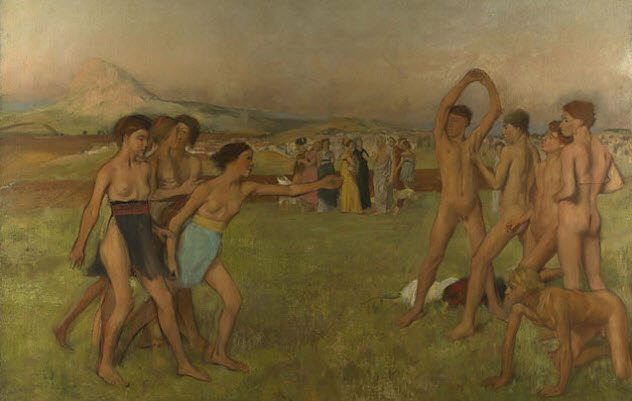
When we think of ancient Sparta, we imagine men forging themselves into the world’s greatest soldiers and lines of hoplites facing down the enemy in a scene straight out of Zack Snyder’s film 300. However, we don’t normally think of homosexual relationships. (With that many abs on display, it’s a little strange that we don’t.) Nevertheless, homosexuality was a common practice in Sparta and was even considered part of their military strategy.
Sparta was a society built around its military. All Spartan males were taken from their mothers at a young age and enrolled in the agoge, a rigorous training and education system. The boys would live in the barracks until they reached adulthood. They were surrounded by nothing but other boys for all their formative years, and homosexual encounters were commonplace and encouraged.
It was actually considered a mark of shame if an older boy did not court a younger one. The Spartans viewed these relationships as a way to gain unit cohesion and shore up one’s valor on the battlefield. A person was likely to fight harder if he was protecting his lover.
Even after marriage, a Spartan man spent little time with his wife except for breeding purposes, which was seen as a duty (the creation of more Spartans). They largely preferred to live among their fellow men. There are even stories of Spartan wives dressing up as soldiers on their wedding nights to ease the minds of their husbands, who were used to homosexual encounters.[6]
4 Jane Addams
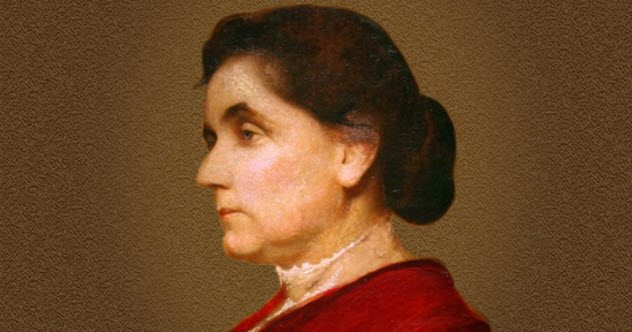
Jane Addams (1860–1935) is a figure of immeasurable importance to the US. As a symbol of the Progressive Era and the women’s suffrage movement, she was responsible for the first settlement house, known as Hull House, in the country. Her work in reforming child labor laws and improving public health, sanitation, social welfare, women’s rights, and race relations earned her a Nobel Prize.
However, her personal love life is often overlooked. The most likely person with whom Addams may have had a relationship was Mary Rozet Smith. She worked with Addams at Hull House and provided Addams and her organization with financial support.
The two formed a “Boston marriage,” which was a 19th-century term to describe two unmarried women who lived together. They even bought a summer house together. Much of their correspondence has been destroyed in accordance with Addams’s wishes, but what remains shows an intimate relationship between the two.
They wrote to each other every day when they were separated and lived together until Smith’s death in 1934. Whether or not historians agree on her sexuality, one group seems to be certain about it: Addams was inducted into the Chicago LGBT Hall of Fame in 2008.[7]
3 J. Edgar Hoover
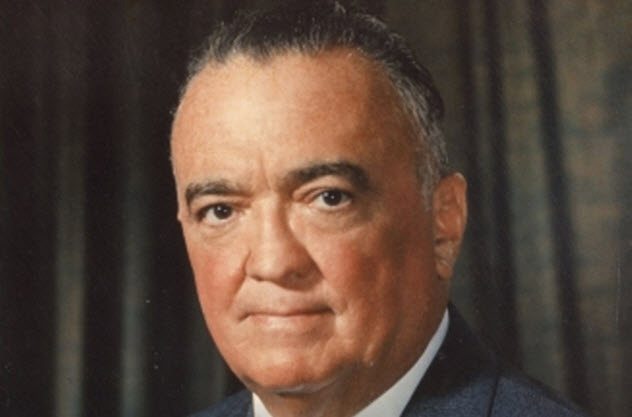
J. Edgar Hoover served as the director of the FBI for 37 years—from 1935 until his death in 1972. He was a powerful, feared, and controversial governmental figure who served during numerous presidential administrations.
Hoover is often credited with building the FBI into a professional force by stressing a more analytical, scientific approach than they had used in the past. He is just as often accused of egregious abuses of power while helming the nation’s top police force.
His sexuality has also been scrutinized, with persistent rumors that he was a transvestite and a homosexual. In particular, it has been widely speculated that he had a long-standing relationship with Clyde Tolson, Hoover’s assistant director and the man to whom Hoover left his property in his will.[8]
The two of them were always seen together, often taking vacations and going out to clubs with one another. Critics of this view describe their relationship as “brotherly.” Some accounts report that gangster Seymour Pollock had proof of this relationship and used it to pressure Hoover to overlook Pollock’s criminal acts.
2 Eleanor Roosevelt
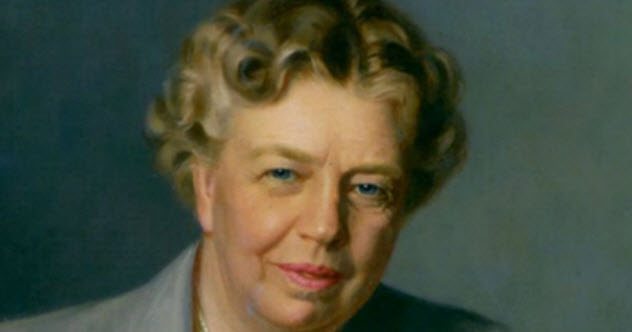
Eleanor Roosevelt was first lady of the United States from 1933 to 1945, a delegate to the United Nations, a political activist, a feminist, and a promoter of civil rights. She was married to Franklin Roosevelt, who was US president longer than any other person and guided the country through the Great Depression and World War II.
Their marriage was complicated by her husband’s numerous extramarital affairs. The two had more of a political marriage than anything romantic. Mostly, they held a “live and let live” policy, each keeping to their own business.[9]
In her book Eleanor and Hick: The Love Affair That Shaped a First Lady, Susan Quinn states that the first lady had an affair of her own with a reporter named Lorena Hickok from the Associated Press. Hickok was a known lesbian, and the thousands of letters between the two show that they had an intimate relationship.
These letters were full of flowery language and feelings of yearning for each other. Besides that, the two were almost constant companions, adding to historians’ suspicions. Whether this was merely a close friendship or something more has been the subject of a thorny debate for historians over the years, although there is too much evidence to simply dismiss it out of hand.
1 Frederick The Great
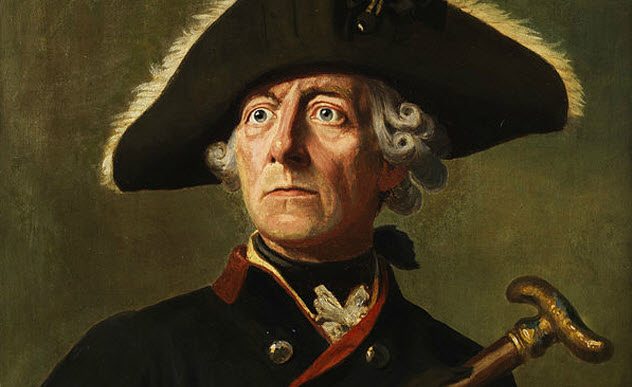
Frederick II (aka Frederick the Great) was king of Prussia from 1740 to 1786. He built Prussia into a great power by reforming both the civil and military aspects of the country. He was the victor of the Seven Years’ War and became a symbol of what a great German leader should look like. Dutiful, intelligent, and skilled in the art of war, Frederick cut a figure that the German people would admire for generations.
Yet, as far as his sexuality goes, there is quite a bit of evidence to suggest that Frederick was predominantly homosexual. Though he took great pains to show his parents that his marriage to Elisabeth Christine was completely normal, he spoke of an aversion to her in his private writings.
After becoming king, he had no time for her whatsoever and hardly seemed interested in the woman at all. In fact, it becomes clear from his private letters that he had enjoyed relations with several young officers in his regiment as a younger man. Court gossip from the time was chock-full of the king’s private dalliances as well.
There was an attempt by his physician, Johann Georg Ritter von Zimmermann, to cover up evidence of Frederick’s sexuality. Zimmermann claimed that an operation to treat Frederick’s gonorrhea had left the king mutilated and unable to perform any type of sexual act, leading to rumors of homosexuality.
This does not seem to be all that credible, though, as the surgeon who prepared Frederick’s body for burial said quite the opposite: The royal genitals were “as complete and perfect as those of any healthy man.”[10]
Read more intriguing facts about historical figures on 10 Famous Historical Figures With Bizarre Secret Lives and Top 10 Personal Facts About Famous Historical Figures.





